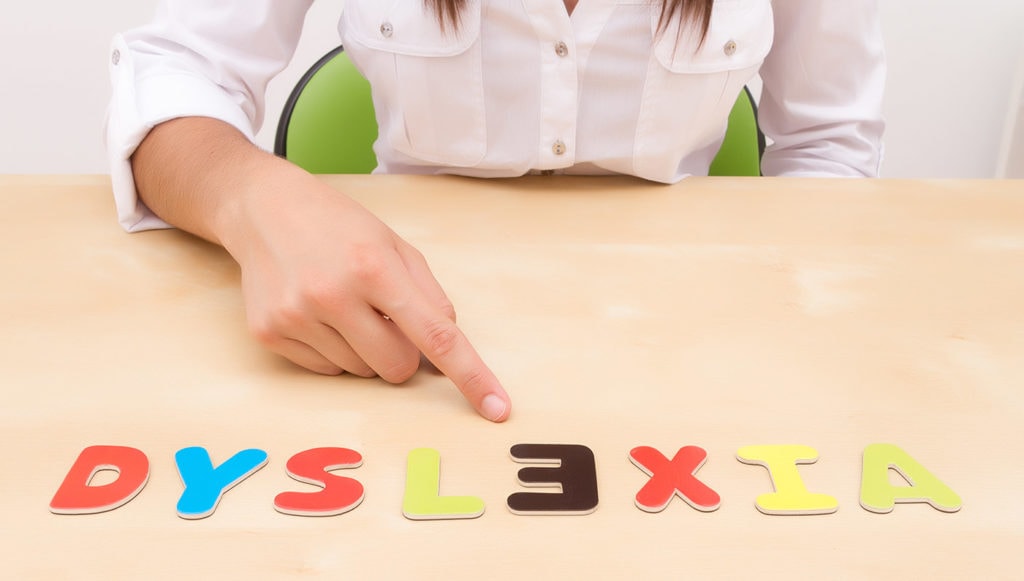Dyslexia
Signs of Dyslexia
Many children show signs of dyslexia, and research tells us that approximately 1 in 4 people have some level of a vision‐ processing problem and 1 in 20 has dyslexia. Dyslexia is a distinct type of Vision Processing problem. This means that there is likely to be at least one child in every class who displays the pattern of strengths and weaknesses characteristic of dyslexia. Do you have a young child who puzzles you, displaying well‐ developed skills and abilities in some areas and unexpected difficulties in others?
Complete this checklist to determine if your child shows signs of dyslexia:
Background
- Family history of literacy learning problems
- Delay in the onset and/or the development of speech and language
- Seems bright and capable but not making expected progress
- Is unhappy soon after starting school
Speech Difficulties
- Gets sounds in words muddled up (e.g., says flutterby for butterfly)
- Mixes up words (e.g., says ‘jungled’ for ‘jumbled’)
- Displays word finding difficulties (e.g., calls a ‘stamp’ a ‘sticker’ or often uses words like ‘thing’, ‘stuff’ or ‘junk’)
Memory Difficulties
- Finds it hard to remember the words in nursery rhymes, songs, poems, etc.
- Has a poor memory for names (of friends, teacher, etc.)
- Difficulty remembering instructions
Difficulties in Acquiring Pre-Literacy Skills
- Has unexpected difficulty developing reading and spelling skills
- Enjoys listening to stories read aloud but shows little interest in letters or words
- Has trouble learning and remembering the sounds corresponding to the letters of the alphabet
- Has trouble learning and remembering common sight words (e.g., you, have, like, come, etc.)
- Cannot write own name correctly from memory by age 5
- Has difficulty recognizing numbers after considerable exposure at pre-school/school
Phonological Processing Difficulties
- Displays poor phonological awareness skills (i.e., finds it hard to reflect upon the sound structure of spoken words)
- Has difficulty analyzing spoken language into its component parts (e.g., sentences, words, sounds)
- Has trouble recognizing and predicting rhyme (e.g. trouble picking the odd one out of sand/hand/cup)
- Fails to appreciate alliteration (e.g., trouble picking the odd one out of jam/jug/bed)
- Confuses similar sounding words (e.g., cone/comb)
A child who appears bright and capable and displays many of these difficulties may show signs of being Dyslexic. However, it is important to remember that the levels of development and speed of learning in early childhood differ significantly for each child. For this reason psychologists tend not to formally diagnose dyslexia until a child is 7 years of age or older.
What Can Be Done?
Nevertheless, if your child shows signs of Dyslexia much can be done at this young age to prevent later difficulties. A good starting point is a comprehensive assessment by an educational psychologist a developmental optometrist who will identify cognitive strengths and weaknesses and make recommendations to help address identified difficulties such as dyslexia. A psychologist will also suggest other specialists if appropriate (e.g. vision therapist, speech pathologists, occupational therapist, tutor, etc.).

